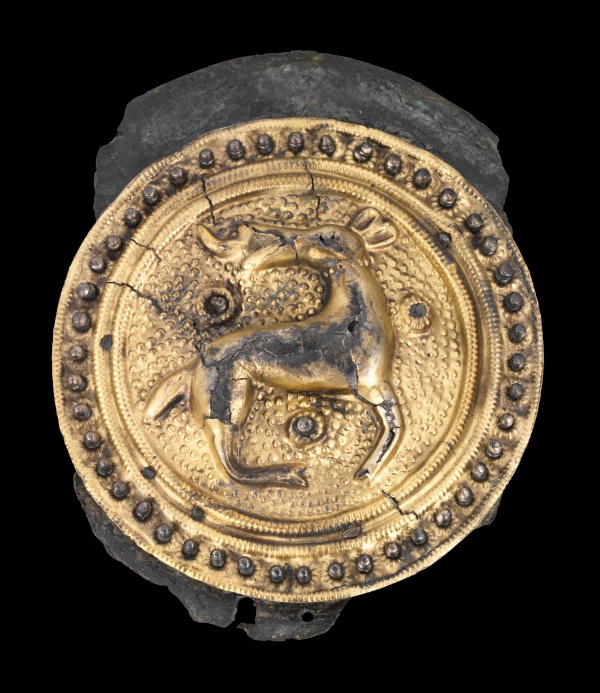Facts About Tangendorf disc brooch
The Tangendorf disc brooch is a captivating relic from the Iron Age, dating back to the 3rd century AD. This elaborate brooch was discovered in 1930 near Tangendorf, Germany, and is regarded as a significant discovery from the Roman period in the Harburg region. Presently, it is on display at the Archaeological Museum Hamburg.
The brooch was unearthed by a farmer named Heinrich Wille while he was digging into a Bronze Age burial mound on his property. Initially dismissed as just another piece of debris, it later caught the attention of a local teacher, which spurred its excavation by the director of the Helms-Museum. The brooch is crafted from layered silver and copper plates and adorned with an intricate design featuring an enigmatic rear-facing animal, possibly a dog or a deer. Unfortunately, parts of the brooch have deteriorated due to tin pest over the years.
Due to a lack of proper documentation at the time of its discovery, the precise archaeological context of the brooch remains uncertain. Experts propose that it might have been part of an Iron Age cremation burial placed atop an older mound. The brooch's design showcases the skill of Germanic goldsmiths and reveals a distinct influence from Roman art. Notably, a similar brooch found in Häven, Germany, suggests that both pieces could have originated from the same workshop.
Reproductions of the Tangendorf disc brooch have been created to highlight the detailed craftsmanship and materials used. This artifact is of such importance that it has been featured in the coat of arms of Toppenstedt since 2002.

 France
France